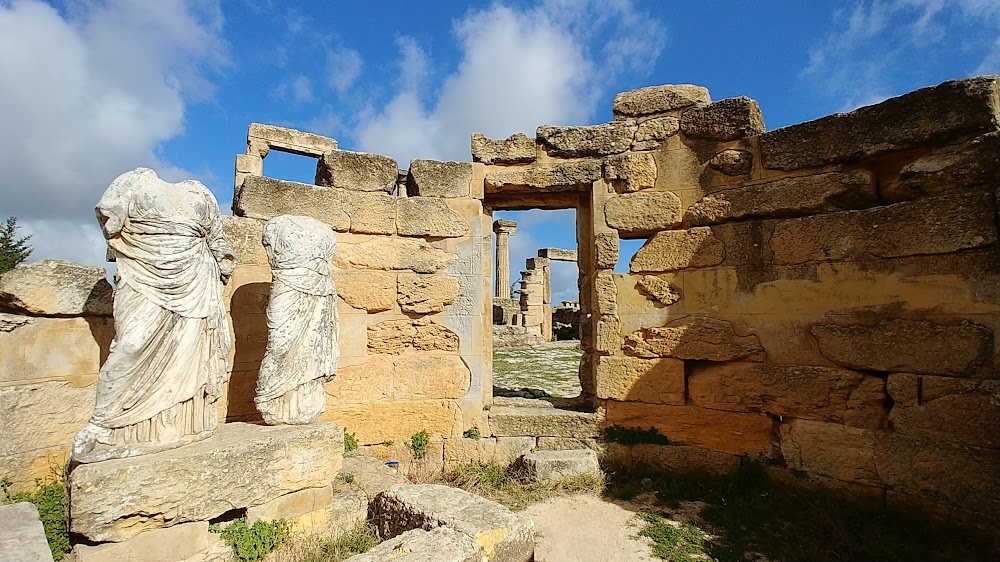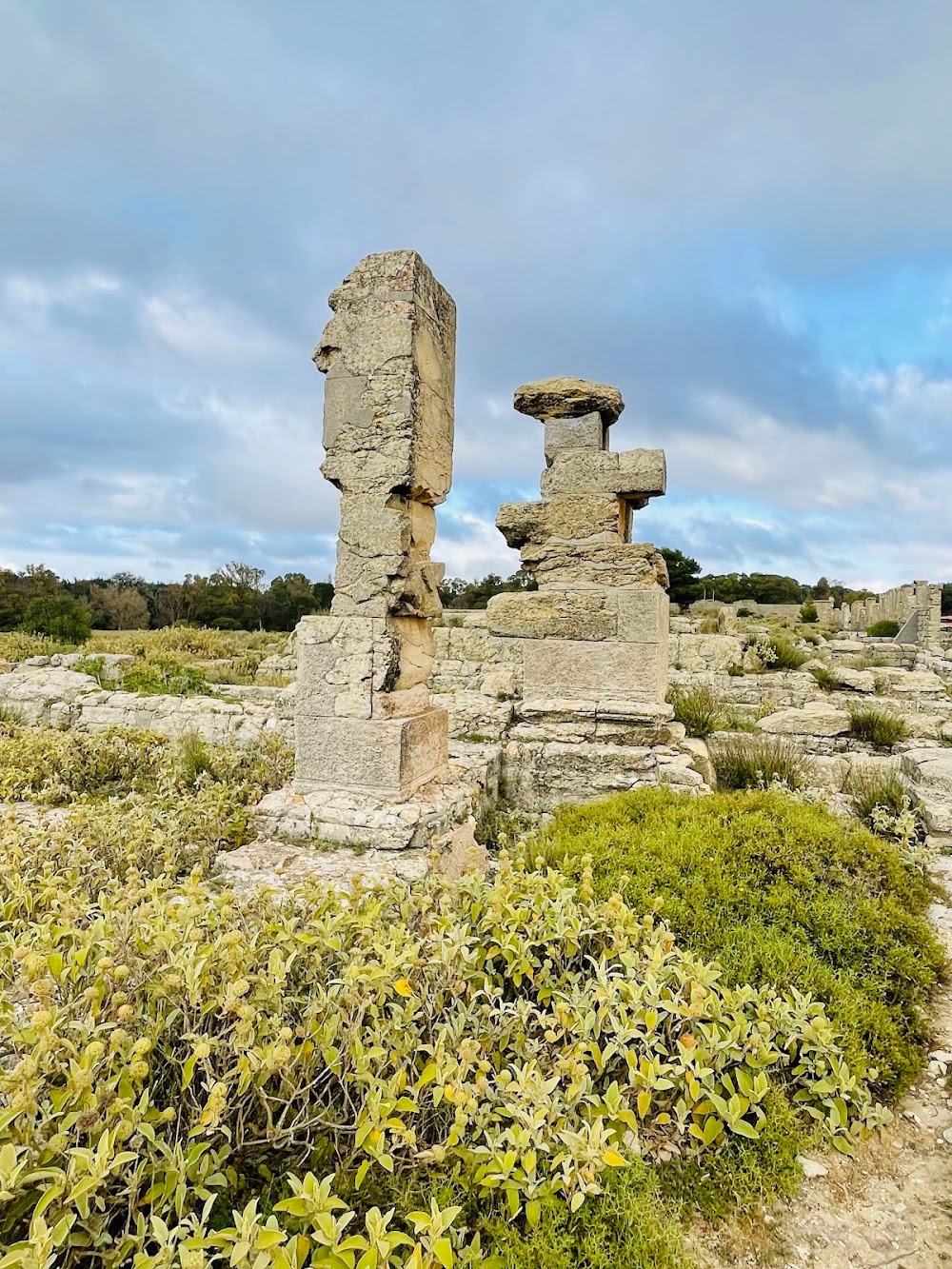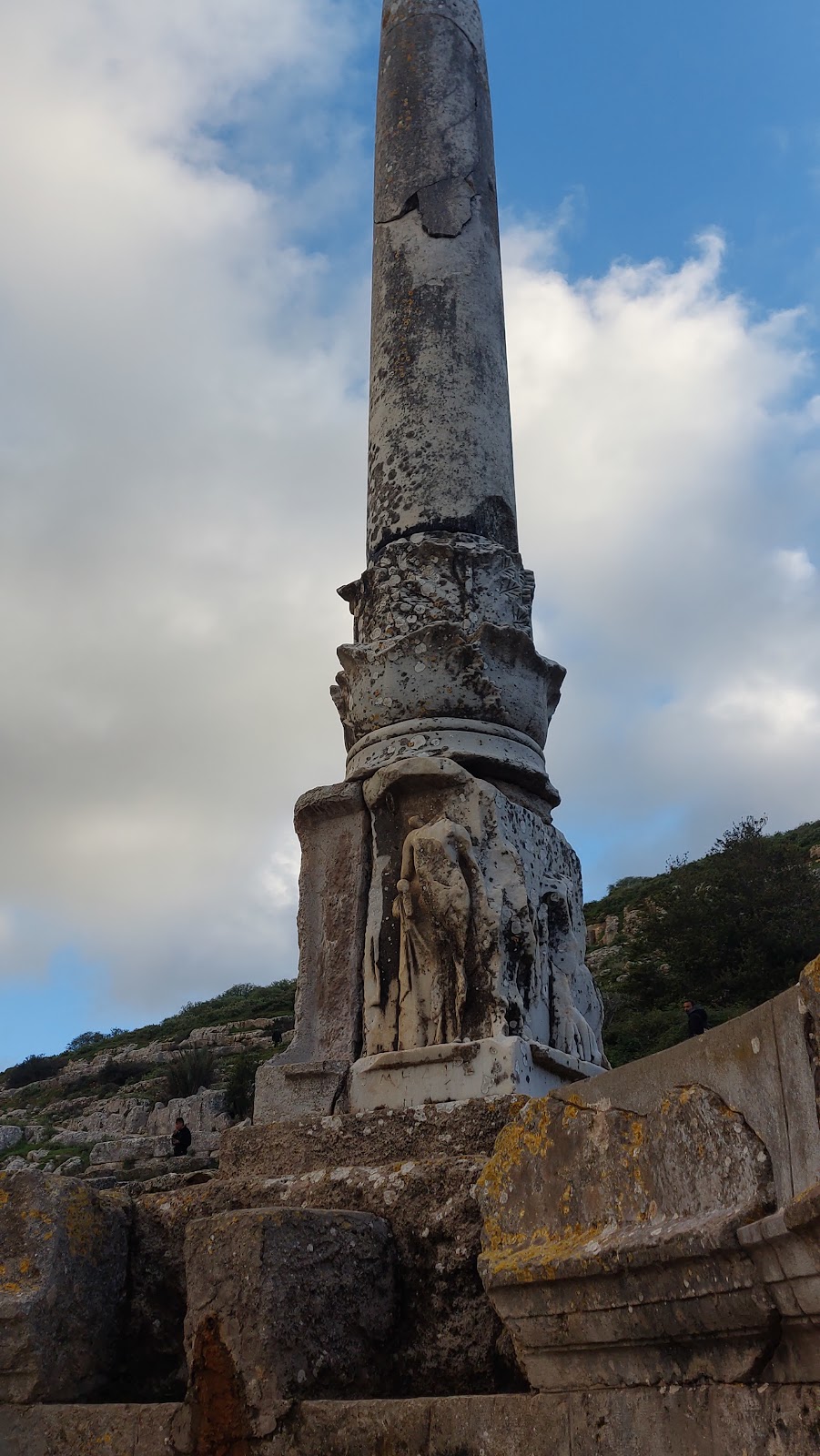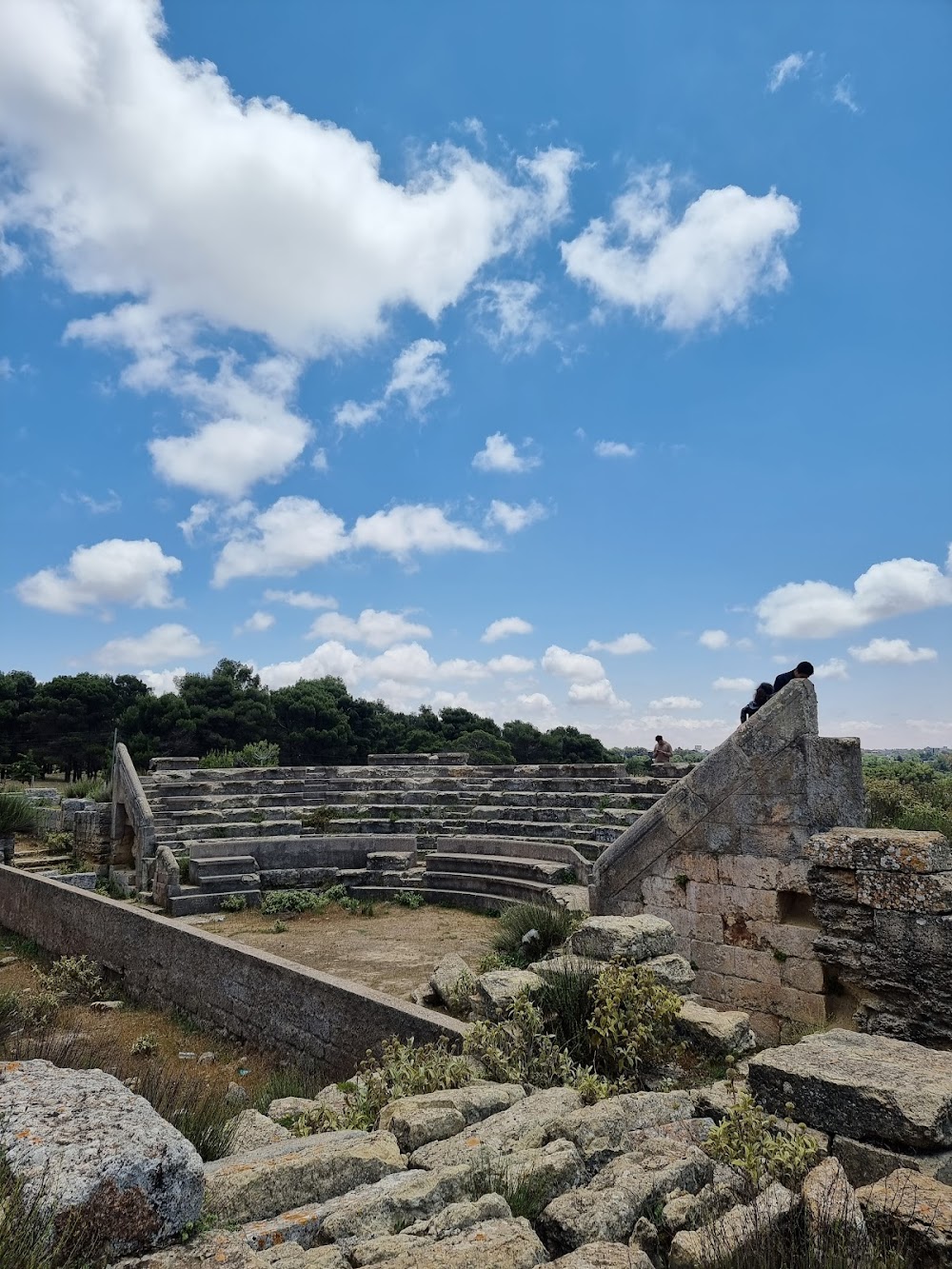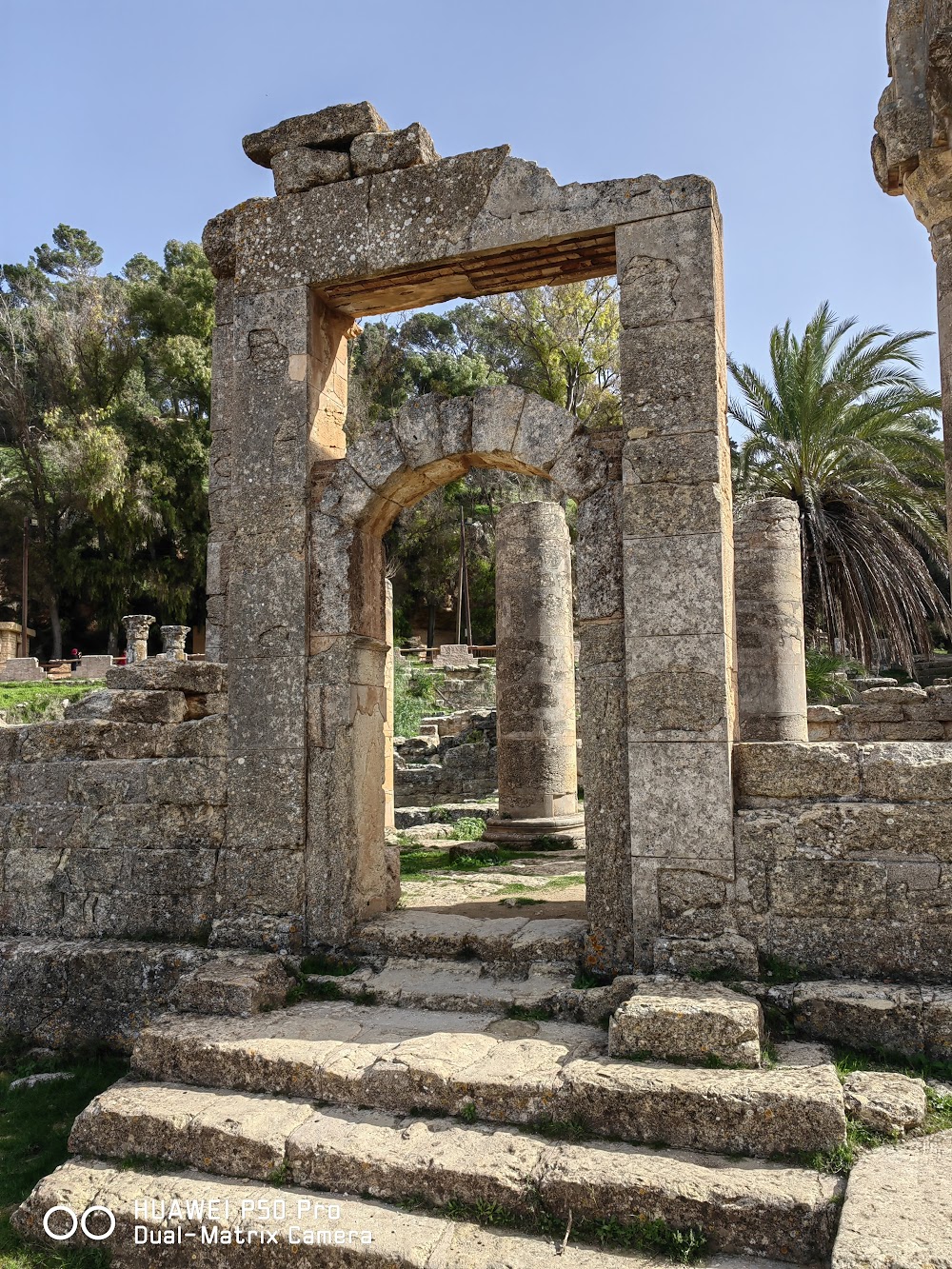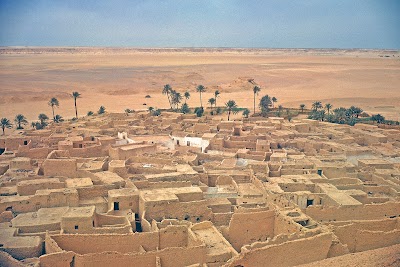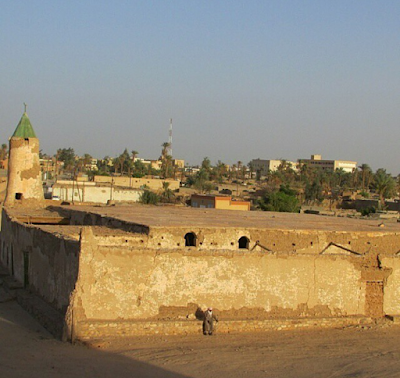Cyrene Necropolis (مقبرة قورينا)
Related Places
Overview
Cyrene, an ancient Greek city nestled in the Al Wahat District of modern-day Libya, was founded around 630 BC by Greek settlers from the island of Thera. This historical gem flourished as a prominent intellectual and artistic hub, recognized for its unique fusion of Greek and Roman architectural styles. The city's name is derived from a freshwater spring called "Kyre," which served as the heart around which the settlement blossomed.
Strategic Location and Prosperity
Cyrene’s advantageous position along the Mediterranean coast significantly contributed to its prosperity. Rapidly becoming a bustling center of trade and culture, the city thrived thanks to its fertile lands and vibrant trading activities. Citizens of Cyrene constructed grand temples, theaters, and public buildings that reflected their wealth and dedication to the arts and sciences. Notable structures include the Temple of Zeus, the Temple of Apollo, and the Cyrenean sanctuary of Demeter and Kore, each a testament to the city’s architectural prowess.
Intellectual Hub
At its zenith, Cyrene attracted prominent philosophers, including Aristippus, a student of Socrates. The city’s intellectual prestige drew scholars and students from across the Greek world, making it a vital center for philosophical thought. However, in 96 BC, Cyrene fell under Roman control, marking a significant transformation. The Romans introduced new architectural elements and urban planning techniques, enriching the cultural landscape while allowing much of the Greek heritage to endure.
Roman Influence
The influence of Roman architecture is evident in the remnants of bathhouses, villas, and a forum that still stand in the ruins of Cyrene today. Despite adapting to Roman rule, the city retained its Greek roots and continued to thrive as an important provincial capital known for its architectural splendor.
The Necropolis
One of the most captivating features of Cyrene is its expansive necropolis, which stretches to the east of the ancient city. The Cyrene Necropolis is among the largest burial grounds in the ancient world, showcasing a variety of tombs ranging from simple rock-cut graves to monumental mausoleums. These structures offer invaluable insights into the funerary practices and artistic achievements of the Cyrenean civilization.
The tombs are adorned with intricate carvings and inscriptions, displaying a rich blend of Egyptian, Greek, and Roman influences. Among the most famous is the Tomb of the Four Columns, distinguished by its unique architectural style. The Tomb of Battus, believed to belong to the city's founder, is another remarkable site. The necropolis also features funerary statues, sarcophagi, and altars that depict various deities and mythological scenes.
Challenges and Legacy
Over the centuries, Cyrene faced numerous challenges, including natural disasters, economic decline, and invasions. By the 4th century AD, the city had lost much of its former glory and was ultimately abandoned. Despite this decline, the ruins of Cyrene remain remarkably well-preserved, offering a unique glimpse into the ancient world.
Today, the ruins of Cyrene and its necropolis are designated as a UNESCO World Heritage Site. Ongoing archaeological and historical research continues to uncover new artifacts, providing deeper insights into the life and culture of this once-thriving city. Cyrene’s enduring legacy stands as a testament to the ingenuity and creativity of its inhabitants, inviting visitors to explore the fascinating civilizations that shaped the Mediterranean world.


